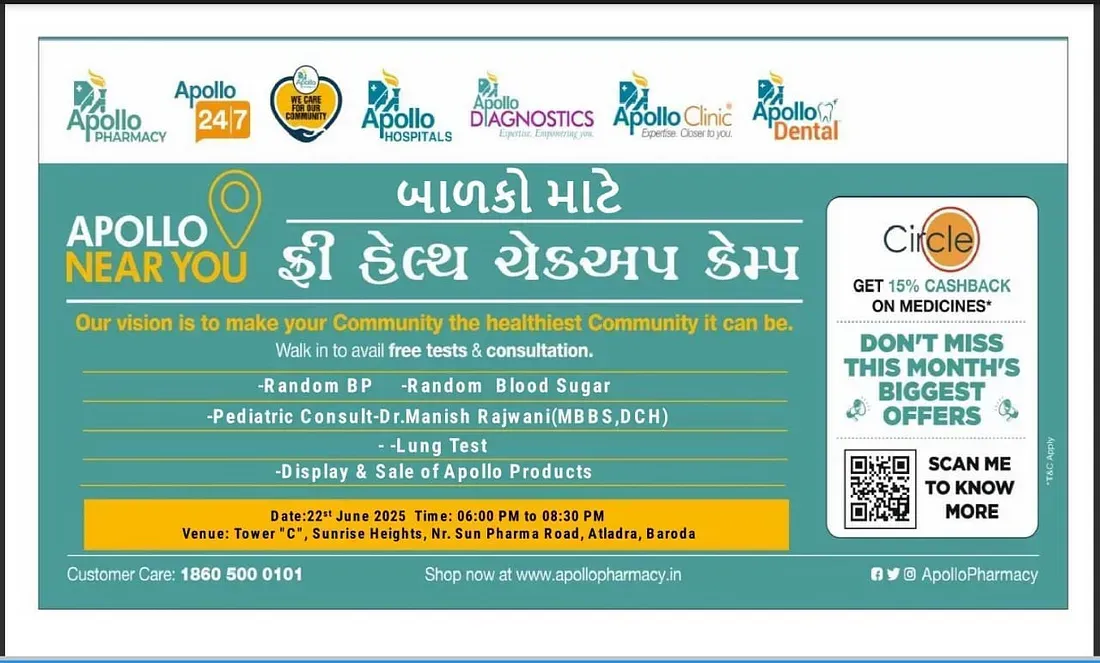The Fourth Trimester: Your Essential Guide to Newborn Care After Delivery

The moment you meet your newborn is pure magic. But once you leave the hospital or birthing center, reality sets in: you’re now fully responsible for this tiny, fragile human. Post-delivery newborn care – often called the "fourth trimester" – is a whirlwind of feeding, sleeping, crying, and learning. Here’s your roadmap to navigate those crucial first weeks with confidence. The First 24-72 Hours: Getting Started 1. The Golden Hour & Immediate Bonding: * Skin-to-skin contact right after birth regulates baby’s temperature, heart rate, and breathing, and encourages breastfeeding initiation. * Don’t rush it – savor this time! 2. Hospital/Birthing Center Essentials: * Vital Checks: APGAR scores, weight, length, head circumference. * Vitamin K Shot: Crucial for blood clotting (prevents rare bleeding disorders)...




